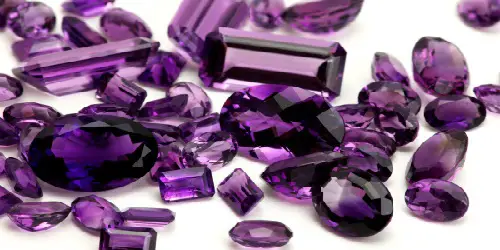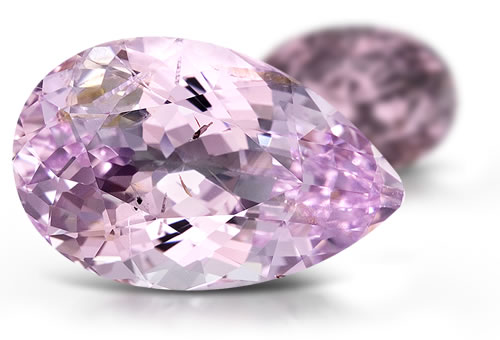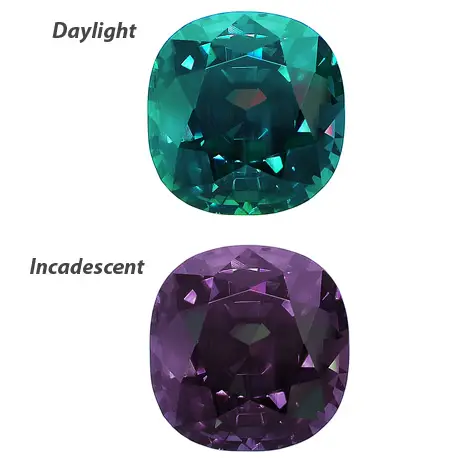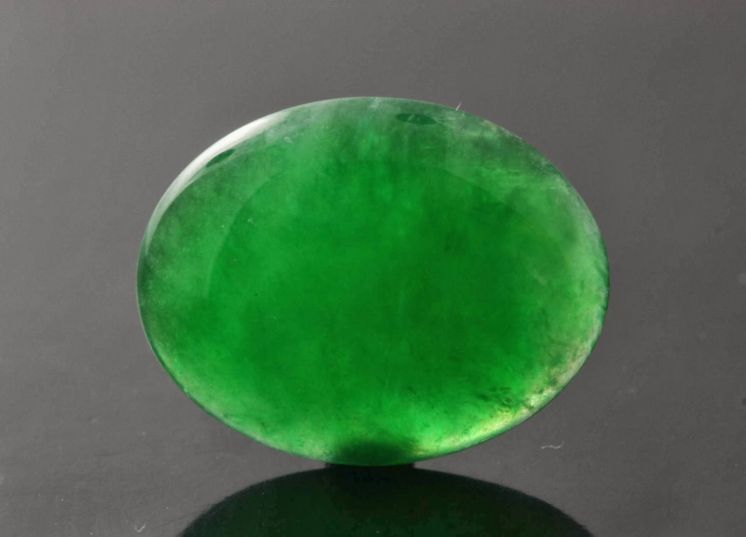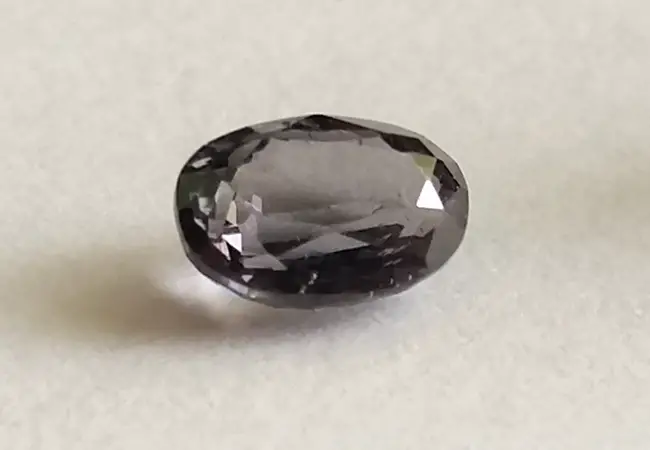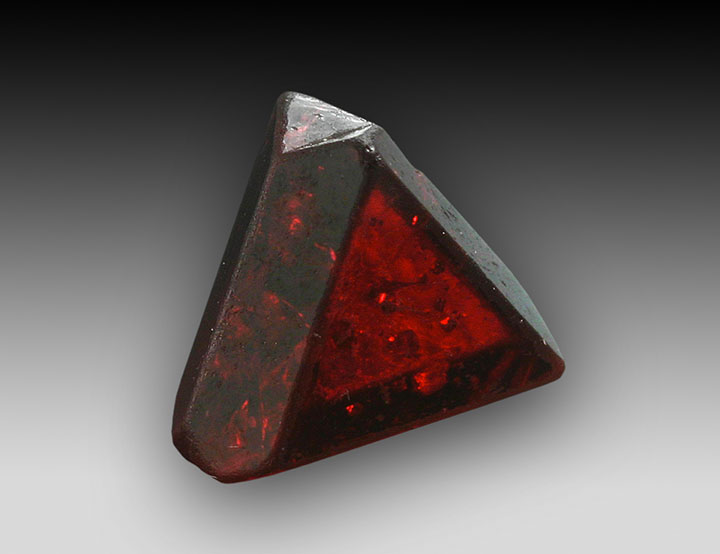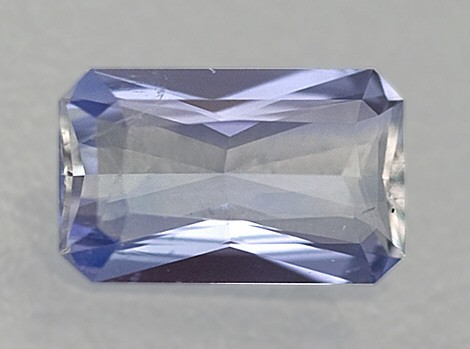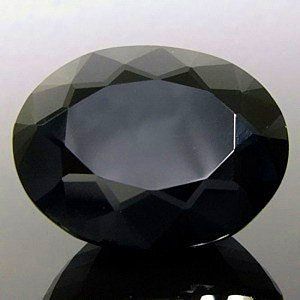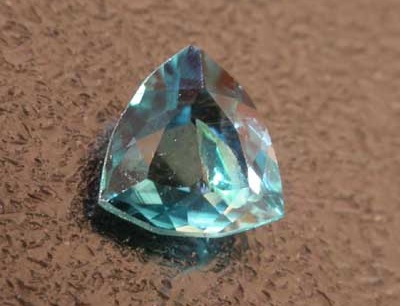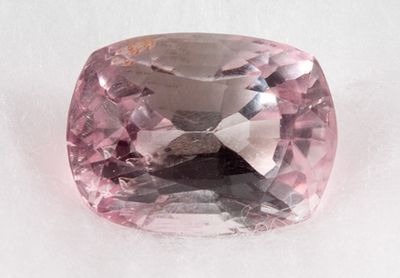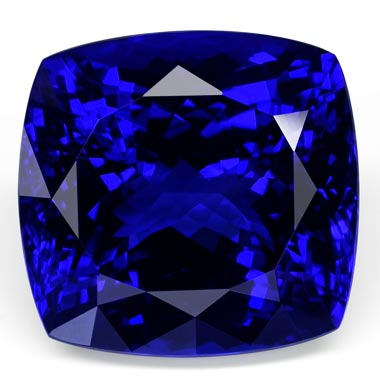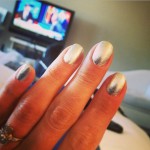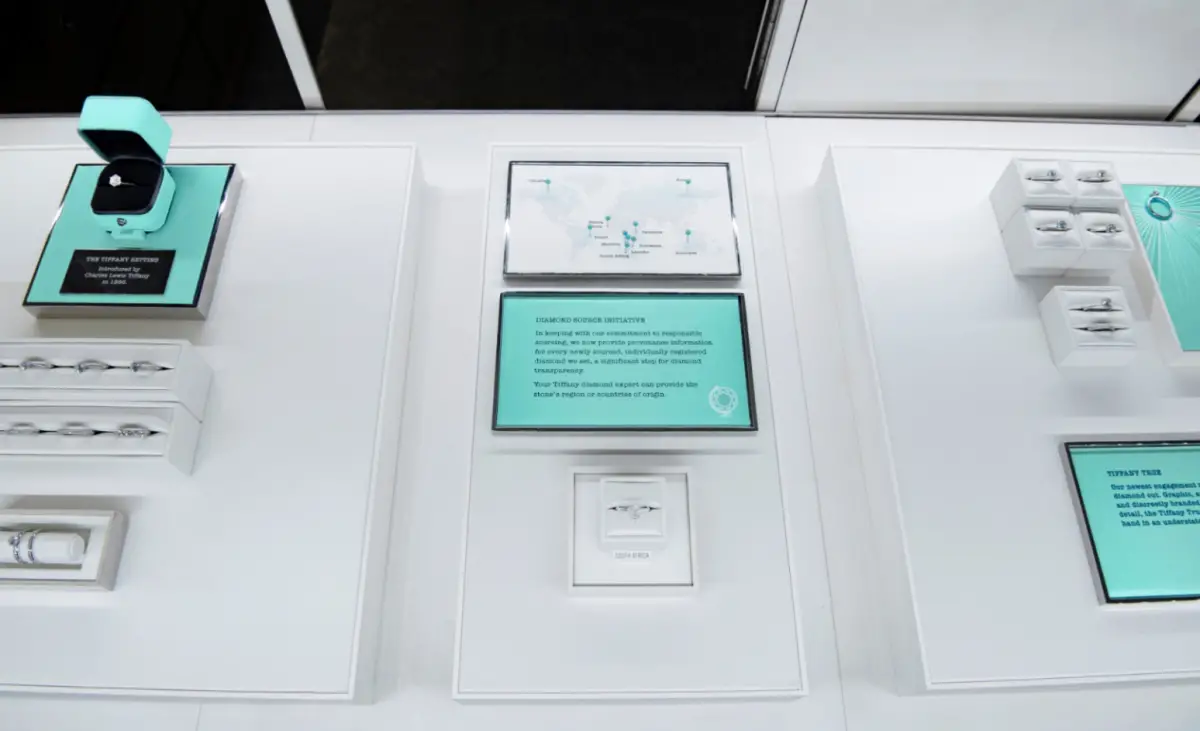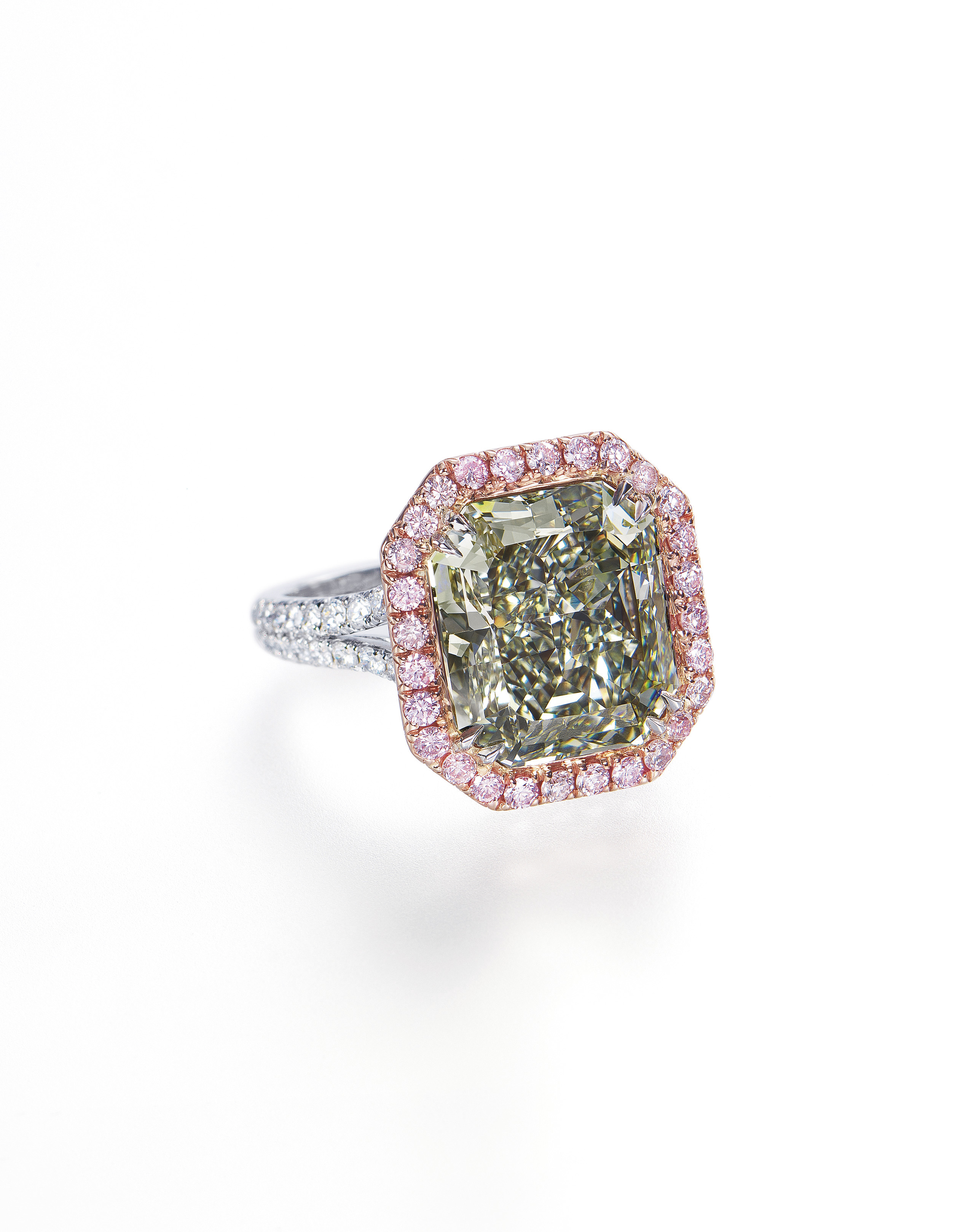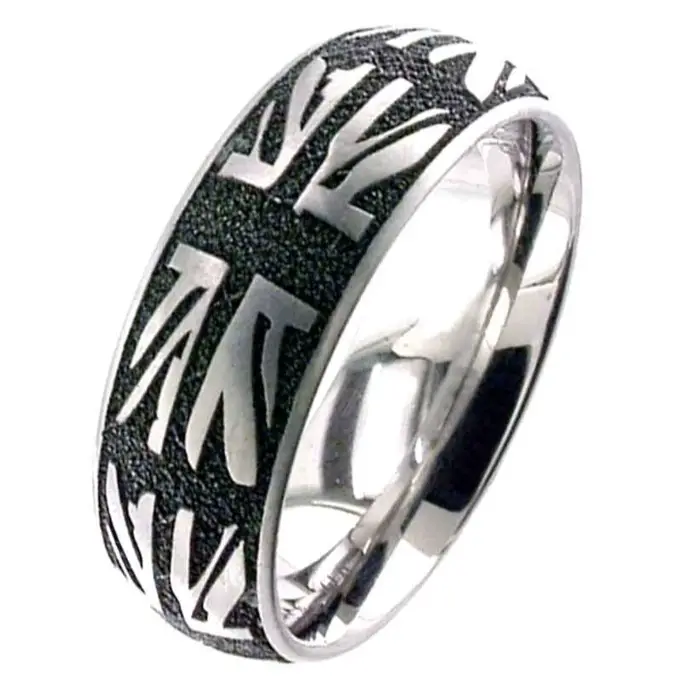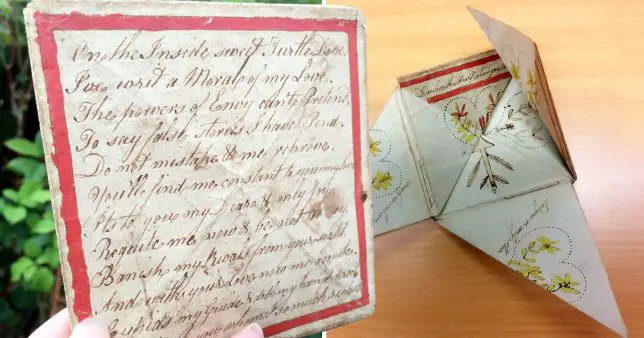And will add to your wishlist immediately…
If you believe everything you hear, it looks like diamond engagement rings are finally on the way out. Engagement rings with coloured gemstones like rubies, sapphires and emeralds are on the way in. But increasingly, brides to be are looking for something different, unique and eye-catching. This means they’re seeking out unusual gemstones that you won’t find in a run-of-the-mill jeweller’s window.
Here are 10 extremely rare and even more beautiful coloured gemstones that you definitely won’t find in a hurry (and if you do, expect to pay at least 5 figures per carat)
1. Taaffeite
Taaffeite is an unusual gemstone for many reasons. Not only is it one of the rarest gems on the planet, it’s also the only one to have first been discovered as a polished and faceted gem (rather than from a mine). Richard Taaffe bought it and several other stones from a jeweller in Dublin, Ireland in 1945. Once he examined his haul, he discovered that one of the gems displayed double refraction and was not an ordinary spinel like the others. It turns out it was something never seen before, so he received the honour of having the stone named after him. Small deposits have been found in China, Sri Lanka and southern Tanzania since then; all range from purple to red (red being extremely rare) in colour and have a hardness of 8 to 8.5.
2. Alexandrite
Named after Czar Alexander II and first discovered in Russia in 1830, the only word that can do justice to Alexandrite is ‘hypnotic’. Depending on the type of light it’s exposed to, it changes colour from red/purple to green/blue. It’s hard to come by in large sizes, and it’s almost ludicrously expensive because of its rarity and its unique colour changing properties. But can you imagine how cool it would be in an engagement ring?!
3. Jadeite
Jadeite is actually one of two forms of Jade (the other is Nephrite) and is the more rare and valuable of the two. Used for adornments, weapons and much more for thousands of years, it has lots of symbolic meaning in certain areas of the world – particularly China. Jadeite is semi-transparent and has a vibrant emerald green colour, with a unique interaction with light and a smooth texture.
4. Musgravite
From the same family as Taaffeite, Musgravite is another extremely rare gemstone that can range in colour from greenish grey to purple. Discovered in 1967 in the Musgrave range in Southern Australia, for several years there were only 8 specimens of the gem. More recently, small deposits have been found in Greenland, Antarctica, Sri Lanka, Madagascar and Tanzania. If you want a piece from of these newly discovered deposits (which are still tiny, by the way), expect to pay upwards of $35,000 per carat.
5. Painite
Despite the name, Painite is actually quite a beautiful gemstone! It exists almost exclusively in Burma, occurs in hexagonal crystals, and has an earthy orange to brown colour due to trace amounts of iron. It clocks in at 8 on the Mohs scale so it’s very durable, and it is being increasingly made into gemstones. Having said that, don’t expect to see it in shop windows any time soon; there are still only very small amounts in existence, and this isn’t set to change any time soon.
6. Jeremejevite
The name is a mouthful, but this ethereal crystal is one of our favourite rare gemstones around. First discovered in Siberia in 1883, it can range in colour from light blue to light green to golden, but all have a very faint hue that’s straight from the pages of a JRR Tolkien book. Think glaciers and icebergs at sunset, sunrise and twilight and you’re almost there. Although not often used in jewellery, when it is it makes for truly beautiful pieces.
7. Serendibite
Serendibite is a gemstone that makes one hell of an impact. Usually jet black and opaque, certain stones can emit a hint of golden brown, green or blue when the light catches. This rare stone was discovered in Sri Lanka in 1902 and named after Serendib, the old Arabic name for the country. If the Northern Lights were a gemstone, this is what they’d be. Serendibite measures 6.5 – 7 on the Mohs scale which is why it’s not often used in jewellery, but rings and other items aren’t hard to find if you look in the right places.
8. Grandidierite
Discovered in southern Madagascar in 1902 and named after French explorer Alfred Grandidier, Grandidierite is usually found in sizes of 2 carats or less and is highly transparent. Most of the deposits come from the African continent and all have an alluring, turquoise/sea-green hue. With a hardness of 7 to 7.5 it’s more than capable of being used in jewellery, but the scarcity of supply makes this an unusual occurrence.
9. Poudretteite
Poudretteite first originated in Canada in the 1960s, discovered in the form of minute crystals. Named after the family who operated the quarry where it was discovered, it has a delicate pink colour that any girly girl is sure to love instantly. The only other location where it has been found is Burma. The downside? Poudretteite has a hardness of just 5, so it’s easily chipped and damaged.
10. Tanzanite
Tanzanite is the only gemstone on this list that’s available to buy commercially without too much difficulty, but don’t get your hopes up; the planet’s supplies are expected to be wiped out within 20 to 30 years. With its vibrant violet to blue hue and the fact that Tiffany and Co. have used it in their designs, that’s not entirely surprising. It’s often used as a cheaper alternative to sapphires, so if you’re considering adding some blue to your engagement ring, we recommend pouncing on some Tanzanite before it’s gone.
